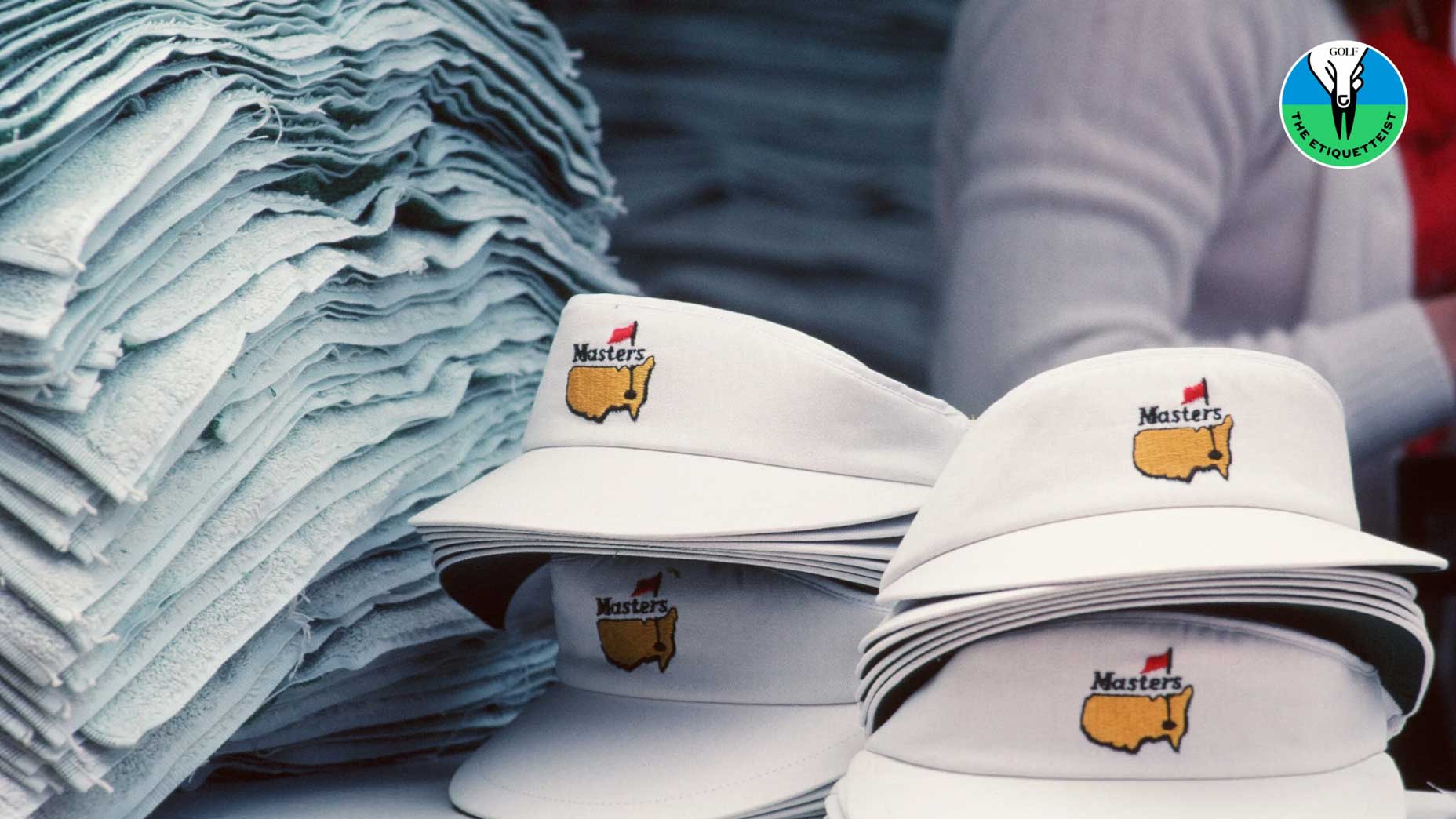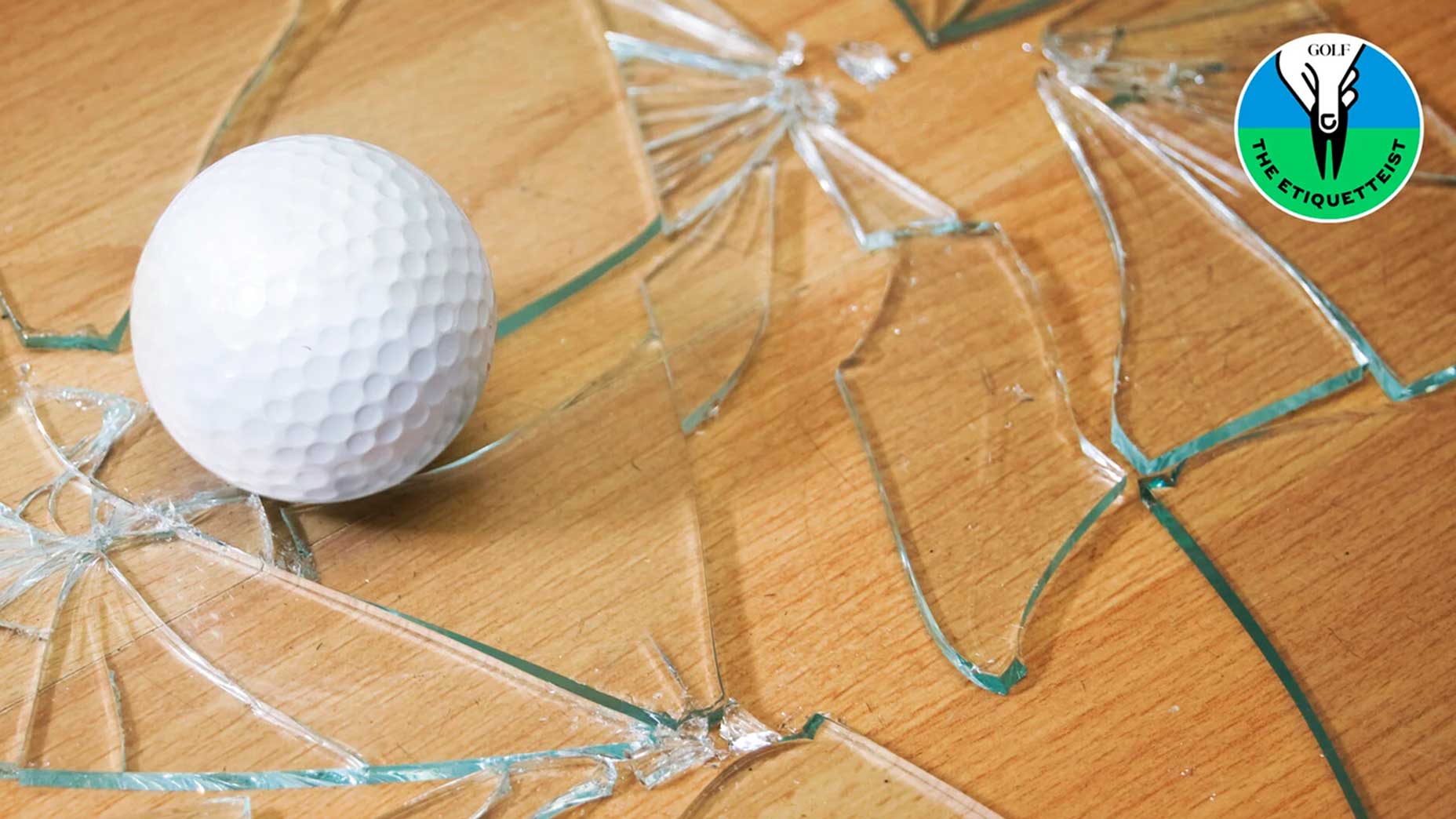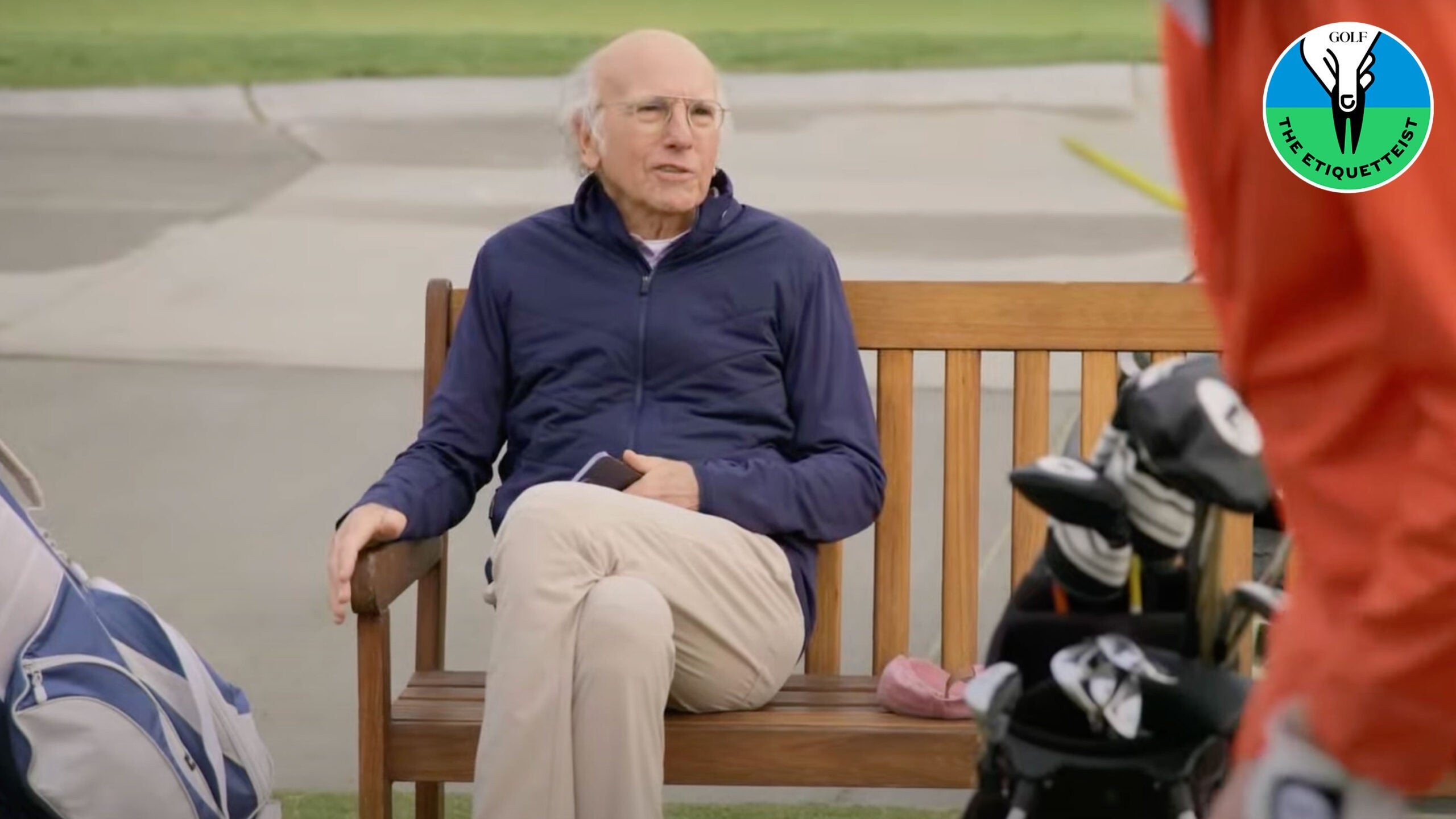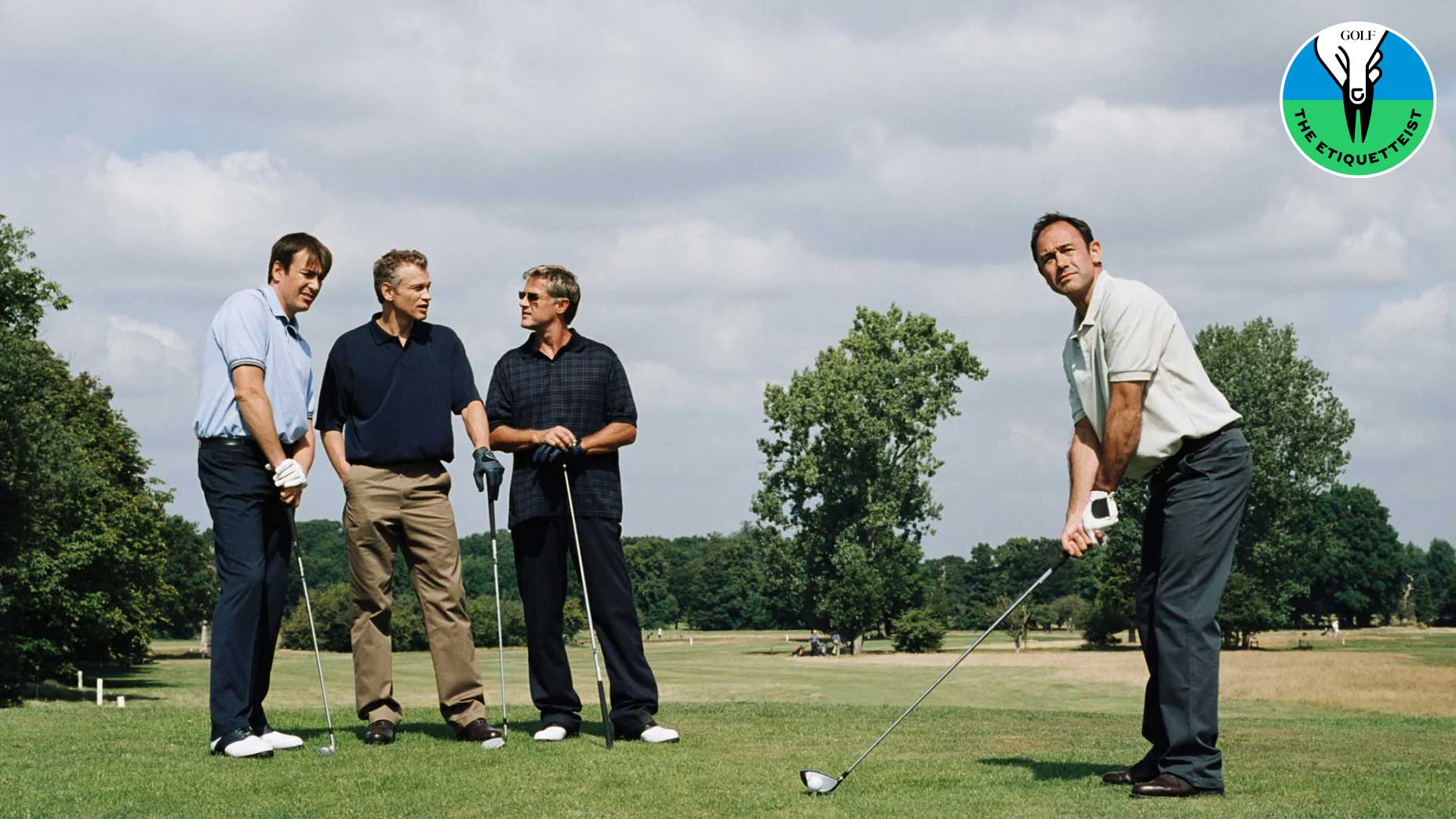So much of etiquette comes down to context. If Tyrrell Hatton had worn a hoodie while playing golf this month at his local muni, no one would have noticed, but because he did so at a professional event, the case was put to trial in the Twittersphere.
In short, it’s not just what you do, but where you do it. Codes of conduct vary depending on the venue. Not surprisingly, the gulf is often greatest between high-end private clubs and courses that avail themselves to everyone. Here’s a look at five categories of comportment where the private/public differences are most distinct.
Changing shoes in the parking lot
Public: Parking lots at public tracks aren’t exactly locker rooms (no one wants to see you strip down to your skivvies). But swapping out your shoes is perfectly okay. Pop open your car trunk, use the bumper as a bench, slip on your kicks, and off you go.
Private: The rule isn’t universal but it’s widespread: the parking lot, quite often, is not the place. At some relaxed venues, you can get away with it. But unless you know for sure, it’s not worth the risk, as many clubs regard it as a criminal offense.
Dress code questions
Public: Are shorts and skirts permitted? Is an untucked shirt okay? One of the beauties of most public golf is its pragmatism. You can keep your shirt untucked if that’s what you prefer. Long pants are not required on a 90-degree day. Some courses even allow for jeans and tank tops (At Kahuku, a nine-hole muni on the North Shore of Oahu, the only thing they ask is that you don’t play barefoot). In that regard, though, here’s something to consider: is denim really comfortable as golf attire? Wear jeans if they’re allowed and you really like them. But there’s no need to don Wranglers just to try to make some kind of populist point.
Private: Golf dress codes have evolved, and many private clubs have gotten more relaxed about them. But many others still adhere to strict traditions. The good news is, the guidelines aren’t especially complex. As a general rule, if you stick to slacks and a tucked-in collared shirt, you can’t go wrong. But if you’ve got any questions, ask your host or call the pro shop in advance. Oh, and, for the most part, it’s hats off when you’re inside. Silly? Maybe. But we don’t make the rules. We just report them.
Cellphone use
Public: Though it’s very bad form to call your broker while the starter is delivering a first-tee welcome speech, you’re free to use your cellphone almost everywhere else, provided — and this is crucial — that you don’t distract your partners or hold up play.
Private: As they have with dress codes, many clubs have modified their stance on this. At some of the most traditional, cellphones remain verboten. No calling. No texting. No snapping photos. Even playing Angry Birds is off limits. But many other clubs, recognizing how real life works, allow for limited and discreet cellphone use. Some have special places set aside for yapping. A phone booth in the clubhouse, say, or a quiet room upstairs. Oftentimes, phone use in the parking lot is permitted. As with dress codes, inquire about the rules. But also be attuned to your playing partners. If you get the sense that they’re put off by your phone use, unless it’s an emergency, put the thing away.
Waving players through
Public: Book chapters could be written on this subject. And, in fact, they have. The gist is this: if you’re holding up others, let them through, so long as they actually have somewhere to go. Which, at public courses, is often not the case.
Private: Many private clubs have written guidelines on this, and those guidelines tend to hew to common sense: slower groups are encouraged to let faster ones play through. An exception is singles, who get low priority, as a lone golfer breezing through group after group soon becomes an irritant to everyone else. Compared to public courses, where the “stranger” factor makes it easier for one group to ignore another, playing through tends go more smoothly at private clubs. No one wants to make an enemy of someone on the course who they might see at dinner at the club that night.
Music or radio silence
Public: Remember when the soundtrack of public golf was the strain of birdsong and the drive-by bellow of some bozo yelling “Fore!” from the window of his car? No more. For better or worse, music has seeped its way into public golf courses. At most places, you’re free to bring your mini-boom box or your Bluetooth speaker, so long as you’re respectful of other groups and refrain from cranking the volume to 11. Just one other provision: for the dignity of everyone involved, please don’t think you deserve a walk-up song.
Private: As with so much else, there’s a cultural divide. At the starchiest of old-school clubs, playing music is regarded as Al Czervik-gauche. But at any number of New Money high-end redoubts, music isn’t just allowed on the golf course, it is blasted through loudspeakers on the driving range.















